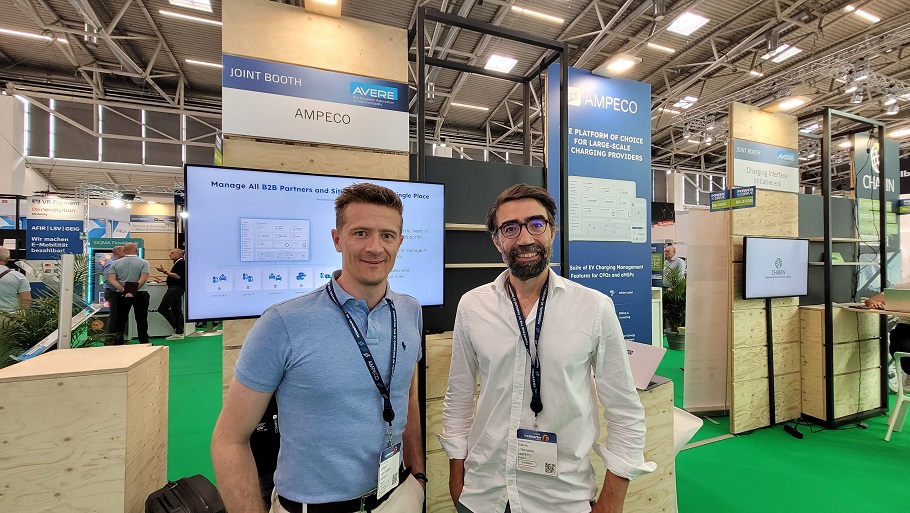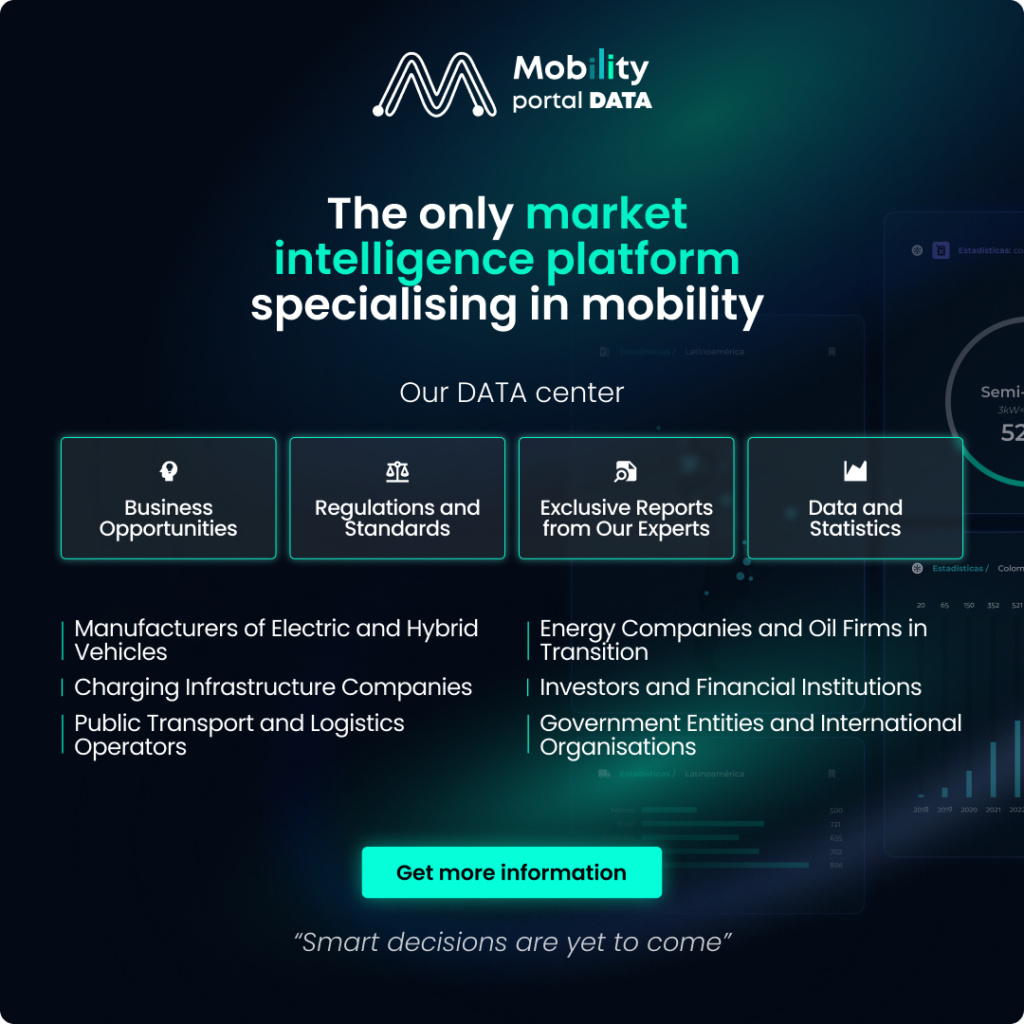During the Power2Drive event, in an exclusive interview with Mobility Portal Europe, AMPECO Europe representatives Glenn L’Heveder, Head of Sales and Business Development, and Johan Van Kooten, Strategic Business Development Director, reveal how the platform is transforming the global eMobility landscape.

According to Glenn L’Heveder, AMPECO is a SaaS company that enables charge point operators (CPO) and e-mobility providers (EMP) to deliver EV charging services at scale and with the highest level of quality.
Johan Van Kooten adds that the company’s platform approach is not limited to core features such as charger management, billing, or payment support but also includes forward-looking features such as dynamic tariffs, flexibility, and integration into the energy markets.
The reach of AMPECO knows no borders.
Today, the EV charging platform operates in over 50 countries, including key markets in Europe, the UK, the Nordics, Asia, Latin America, and the United States.
“We are enabling major European CPOs and EMPs, our main goal being to support all key market segments such as OEMs, logistics real estate, parking operators, retailers, utilities, and Oil&Gas companies,” Glenn L’Heveder highlights.
They also emphasize the versatility of their software, which allows their clients to provide multiple EV Charging use cases, from residential charging to large-scale public charging services.
AMPECO’s challenges and solutions in the EV charging sector in Europe
When asked about the main obstacles facing the charging sector in Europe and possible solutions, Johan Van Kooten offers a detailed perspective.

According to him, the challenges vary depending on the use case.
In the specific case of high-power charging, he highlights grid limitations and the difficulty of finding suitable locations, a problem that concerns all operators.
“On our platform, although we do not directly intervene in the location of charge points, we do facilitate smart charging, which is crucial in urban environments with network limitations,” explains Van Kooten.
He adds, “Regulations are another crucial aspect. We have a team of four people dedicated to monitoring and ensuring regulatory compliance, which is relevant to ourselves. We also share the outcomes with our clients to help our clients navigate this complex terrain with confidence.”
Glenn L’Heveder, for his part, points out another significant issue: “Currently, we are observing a slowdown in the adoption of electric cars in Europe, partly driven by the gradual reduction of subsidies and political resistance.”
“However, we see continuous growth in residential charging, especially in regions like France and Southern Europe, where the infrastructure is still very limited in many buildings,” he comments.
Johan Van Kooten also highlights a market trend where charge point operators (CPOs) and e-mobility service providers (eMSPs) are reconsidering the platform choice they made a few years ago: some built their own platforms and are now reconsidering off-the-shelf solutions.
Others selected a platform that was well suited when they started their business but is not the right partner going forward.
The main reasons for reconsidering their current solutions include the inability to scale as the business grows, loss of independence due to potential competitors’ acquisition, increasing costs often tied to revenue-sharing models, and a desire for more direct control over their operations.
“Many companies are discovering that developing and maintaining in-house software is costly and can limit the ability to scale quickly,” Glenn L’Heveder explains.
For this reason, he clarifies: “Our SaaS platform provides a robust and scalable solution supported by well-defined APIs, making us an attractive option for those looking to optimize their operations and take more control of their customer relationships and revenue streams.”







